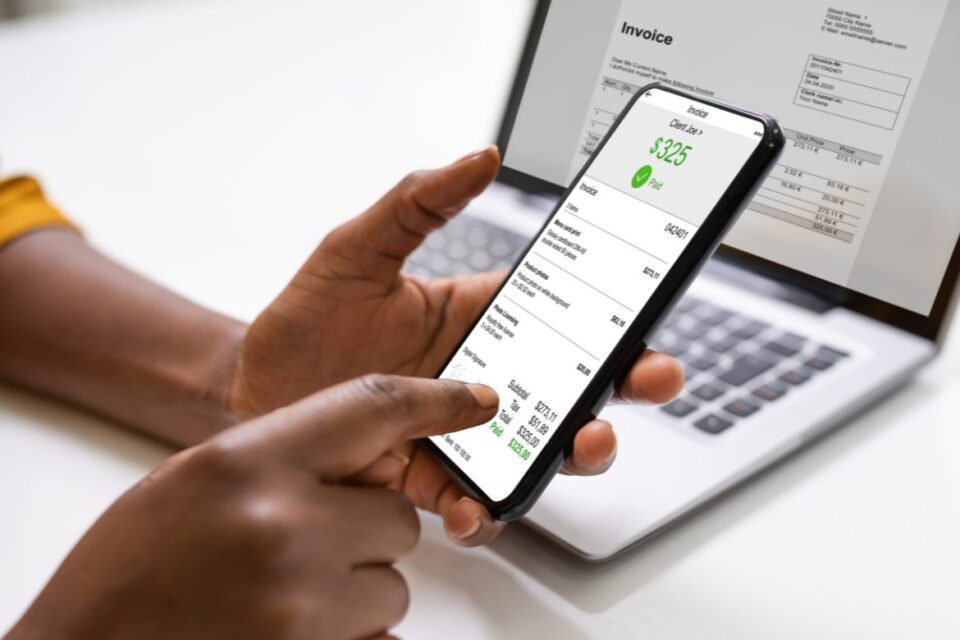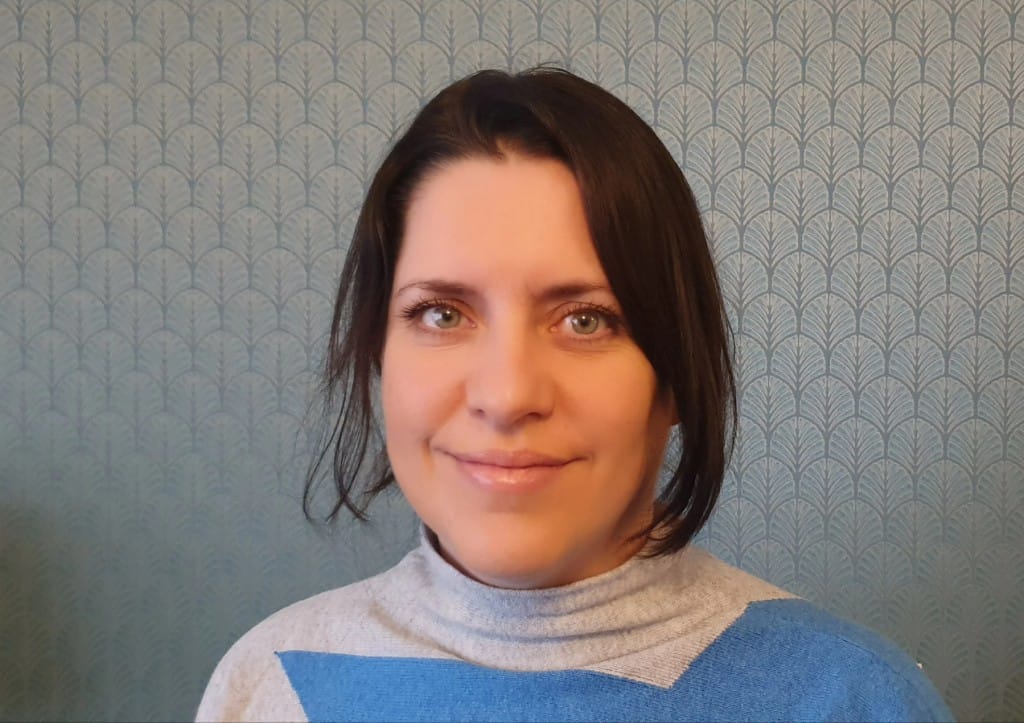More software platforms and vendors are getting serious about payments. By taking on more of the process, from onboarding to transaction handling, they can give customers a smoother experience and bring more value back into the business.
But becoming a payment facilitator or licensed acquirer isn’t easy. It takes time, money and a lot of technical and regulatory effort to get there.
One company trying to change how that journey works is Cashflows, an acquirer and payments platform in the UK and Europe focused on helping organisations scale their payment capabilities in stages.

We recently caught up with Philip Harding, commercial director at Cashflows, at Money20/20 Europe 2025 in Amsterdam, just days after the company announced its strategic partnership with Cardstream, a UK-based fintech providing white-label payment solutions, to find out how it’s thinking about licensing as a service, embedded payments and what comes next.
Modular paths to ownership
Harding describes Cashflows’ approach as helping organisations “take the next step on their journey”, whether they’re just starting to monetise payments or are ready to become full payment facilitators. That journey can vary widely depending on the size and ambition of the business.
“Some might have a simple referral model today. We can help them move up to an independent sales organisation (ISO) model, where they own the contract management but nothing else,” he explained. “Then we can help them move into what we’re calling a payment facilitator-lite model, all the way up to being a full payment facilitator (PayFac).”
The appeal, he says, is that independent software vendors (ISVs) and platforms don’t need to build everything themselves or secure licences up front. By tapping into Cashflows’ acquiring capabilities and partnerships, such as its recent deal with Cardstream, they can build or outsource different parts of their payment stack, apply for licences in the background and start generating revenue from payments much earlier.
This is particularly relevant in markets like the UK, where the barriers to becoming a full PayFac remain high.
“Firstly, you’ve got this build at the front end,” Harding says. “If I’m going from just owning customer management to suddenly having to build underwriting, contract management, risk and compliance, chargeback management, transaction monitoring: all of these things. It’s a big old build that can take years and a load of investment to operate as a payment facilitator.” Still, he adds: “the need is there.”
Use cases and market interest
Harding gives the example of a large retail platform with 15,000 to 20,000 merchants. “They looked at becoming a PayFac three years ago,” he says. “But the investment was too high, the timeframes too long. So, they stuck with a referral model.”
But that approach has its limits. “They’re boarding merchants onto their platform, then doing a second boarding process with the acquirer,” he explains. “Different contracts, separate onboarding, inconsistent user journeys. They don’t own it end-to-end.”
With a payment facilitation model, that changes. “They own the boarding, the underwriting decisions, the CX. They can get creative commercially. Suddenly, they own the merchant relationship, even from a valuation point of view.”
Cashflows is also working with payment companies looking to expand across borders. Harding points to Indian acquirer Mswipe as an example. “They onboard 20,000 merchants a month. They’d already built their own processing stack, so it made no sense for them to enter the UK market using someone else’s tech.”
Instead, Cashflows supported its expansion through a BIN sponsorship model. “We open the bins, work with the schemes, handle the settlement,” he explains. “They keep using their own stack and front end, we just do the final plumbing.”
Changing roles and routes to market
The company is seeing more interest from ISVs who want more control, and from processors who want to act more like acquirers. Harding believes the lines are blurring.
“Right now, 30 per cent of merchants choose their payment provider via their ISV. That’s expected to flip to 70 per cent in the next three years,” he says. “So, embedding payments into the ISV channel is going to be key, for them and for the whole industry.”
That shift changes how organisations view their payment partners. “If you’re a payment company, the question becomes: do you want to build all the tech? Get the licences? Or partner with someone who’s already done that work?”
In the background, Cashflows has spent the past two years building up its risk and compliance capabilities, something Harding says is essential for licensing-as-a-service to work. “You’re giving someone the keys to your kingdom. You’re still liable. So, unless you’ve got that framework, it’s just not possible to offer this.”
Looking ahead
Harding says Cashflows sees two strategic priorities for the future. “One is continuing to grow through traditional acquiring. The other is helping our partners evolve their payments journey, whether that’s PayFac, BIN sponsorship, or something in between.”
He believes licensed services could account for the majority of the business within five years. “Right now, our book is all traditional acquiring. But I think in five years, it could be 50:50, or even 70:30. The scope here is huge.”
With ISVs, platforms and payment companies all looking for faster, lower-risk ways to expand, that opportunity seems likely to grow.



